Its strategic goal now is to develop and position Croatia as a year-round air travel destination. Air connectivity is, naturally, considered to be extremely important in strengthening the country's tourism sector throughout the year.
The country has numerous ports, including those that service large cruise ships (Split and Dubrovnik can receive 10,000 cruise ship passengers a day), but those passengers usually pass through quickly. Meanwhile road access is not as easy from Western Europe as with some competing resorts.
MAP - Croatia is bordered by Slovenia to the north; Hungary, Serbia, Bosnia & Herzegovina to the east; and Montenegro to the south, but its west coast runs along the Adriatic Sea, making it a popular leisure market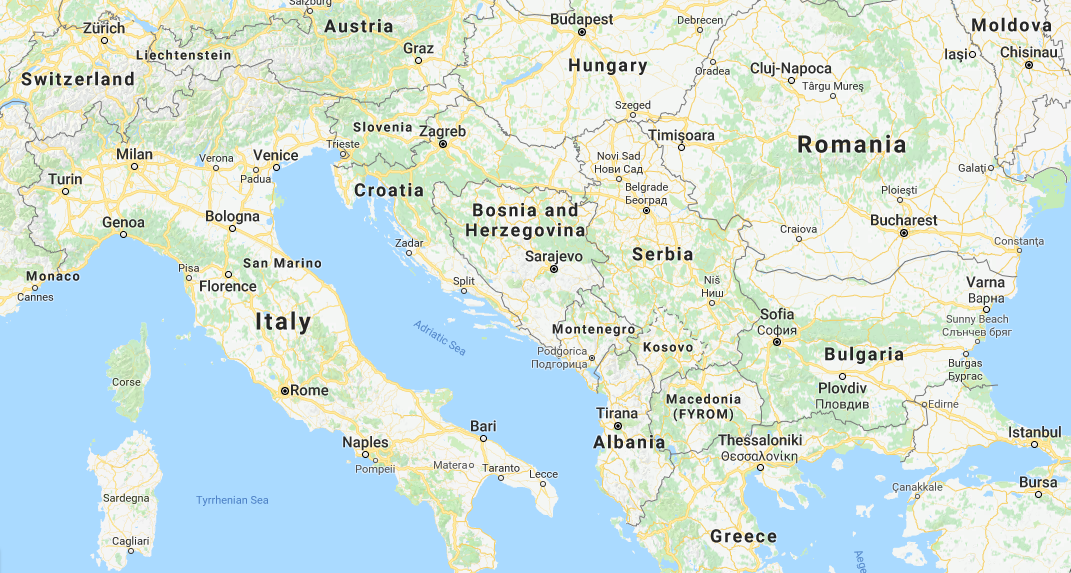 Source: Google Maps
Source: Google Maps
The peakiness of the Croatian visitor market is clear in the chart below. The vast majority of visitors are concentrated in the period May to September, and to an even greater degree than in Iceland, where there is three hours of sunlight during days in January.
CHARTS - The monthly breakdown of visitor arrivals into Croatia (top) shows a strong seasonal bias that is even more pronounced than what is seen in Iceland (bottom)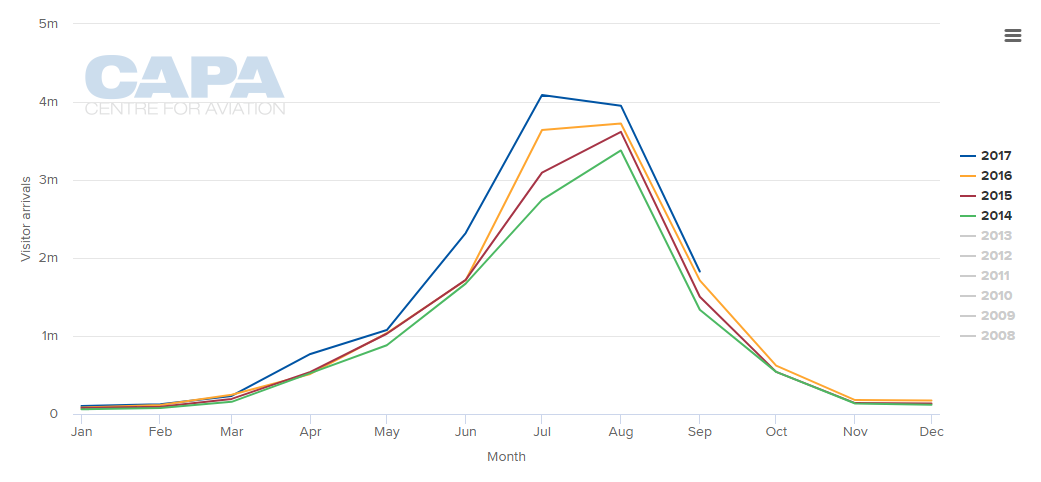
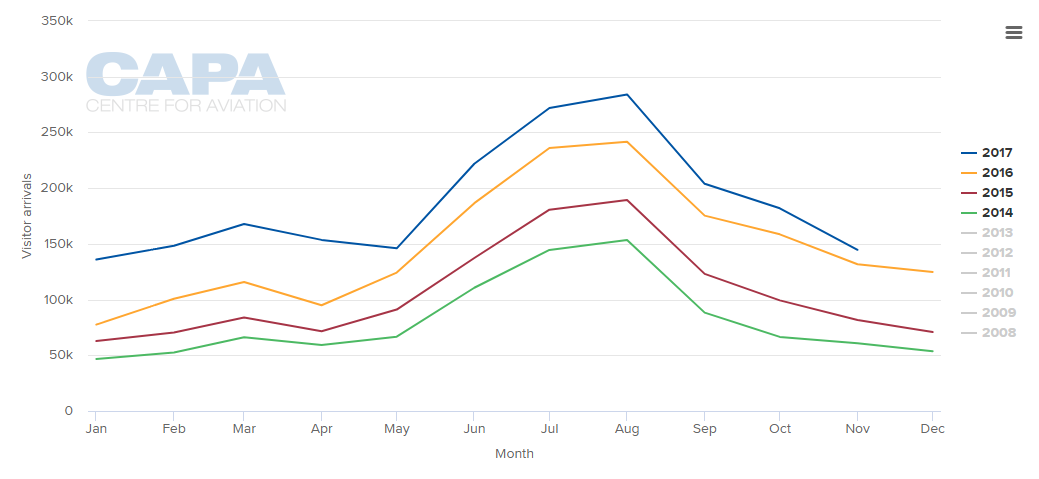 Source: CAPA - Centre for Aviation, Croatian Bureau of Statistics and Icelandic Tourist Board
Source: CAPA - Centre for Aviation, Croatian Bureau of Statistics and Icelandic Tourist Board
Tourism growth has been steady and rising overall since 2009 with a particularly good year in 2011, and again in 2017 (Jan-Oct), with an increase of almost 24% and following a record year in 2016 when there were 13.8 million arrivals.
CHART - Croatia annual tourism arrivals have been steady through this decade, but have spiked in 2017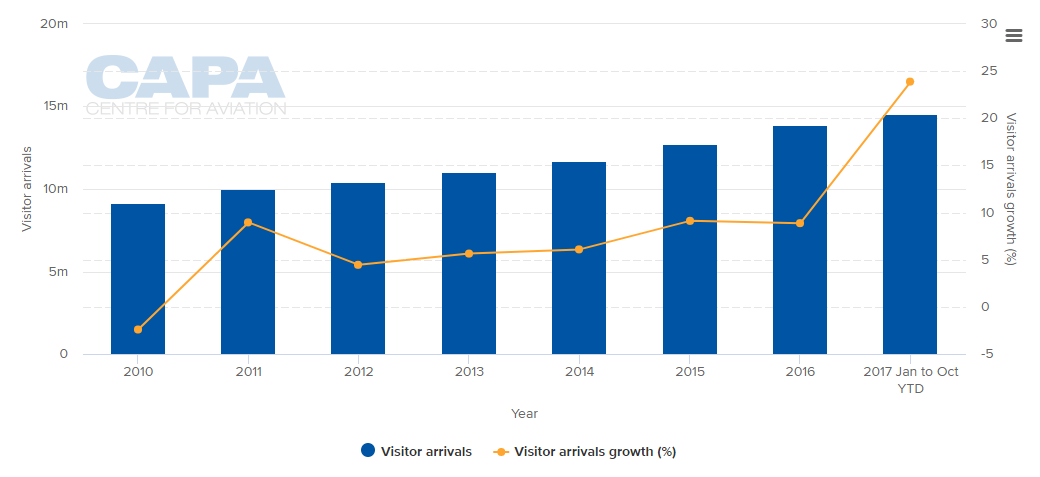 Source: CAPA - Centre for Aviation and Croatian Bureau of Statistics
Source: CAPA - Centre for Aviation and Croatian Bureau of Statistics
There is no single reason for this increase which appears to have been prompted by increased supply, better international publicity and by vacationers seeking 'safer' destinations. By comparison with recent events in Turkey, Egypt and Tunisia, the Croatian War of Independence (1991-1995) seems aeons ago.
CHARTS - How capacity has been added in 2017 is particularly clear from schedule data for the three main coastal tourist airports at Dubrovnik (top), Split (middle) and Pula (bottom)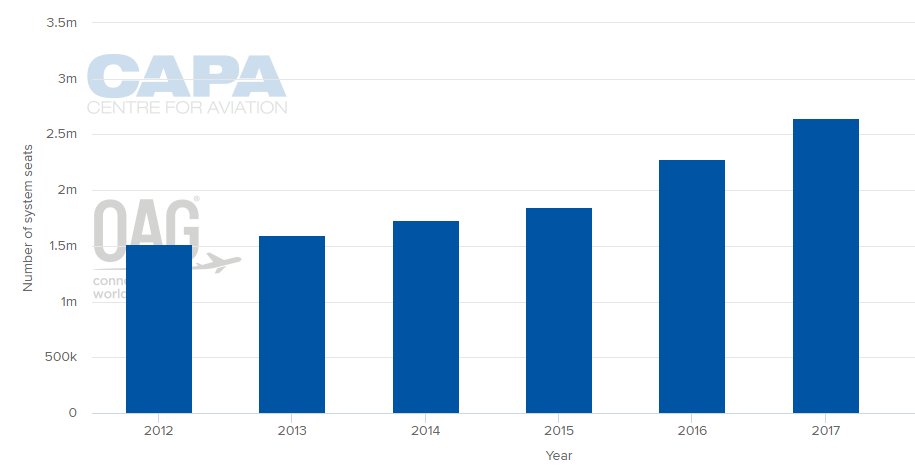
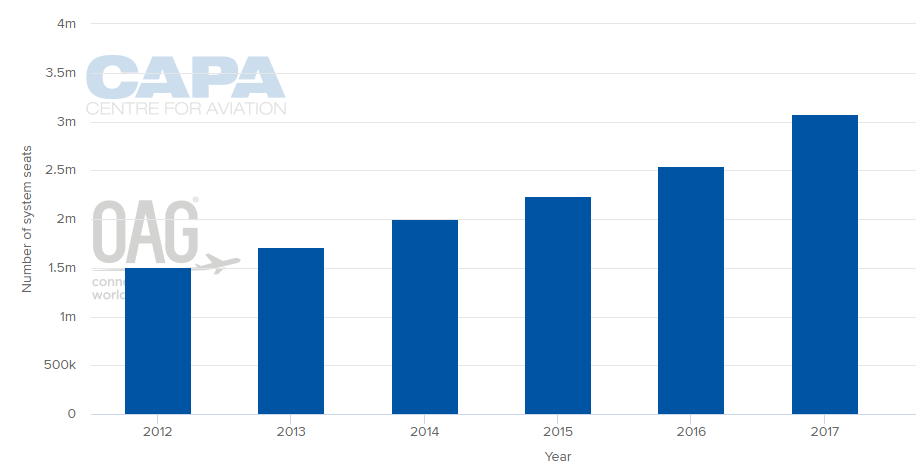
 Source: CAPA - Centre for Aviation and OAG
Source: CAPA - Centre for Aviation and OAG
Croatia's main source markets are diverse. The largest market, Germany, accounted for just 16.5% of visitors in 2016. Compare Spain for example, where one market accounts for 23.6% of visitors and three for over 50%. And in Croatia's case that country's citizens are at least renowned as being big spenders whilst on vacation.
CHART - Germany was the largest source market for arrivals into Croatia in 2016 ahead of Slovenia, Austria, Italy and Poland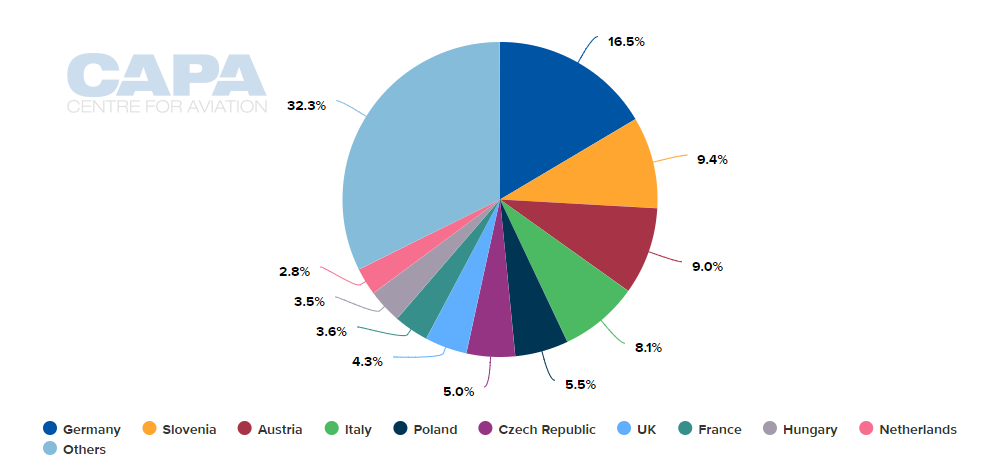 Source: CAPA - Centre for Aviation and Croatian Bureau of Statistics
Source: CAPA - Centre for Aviation and Croatian Bureau of Statistics
The Tourist Board has prepared a special programme in the form of joint strategic promotional campaigns with airlines to achieve its goal of spreading tourist arrivals across the year. And it needs to. According to a report in Total Croatia News the existing infrastructure cannot cope with the surge in tourist demand in the summer and in the rush to attract more tourists little attention has been paid both to the "quality" of incoming tourists and the tourist "experience that awaits them.
Presumably the "quality" of the tourist refers to budget holidaymakers. 42.3% of international seat capacity in 2017 is on low cost carriers, compared to 28.9% in 2008. Then again perhaps that newspaper should consider what benefits all-inclusive cruise passengers who spend half a day in a resort and spend next to nothing, bring to the country.